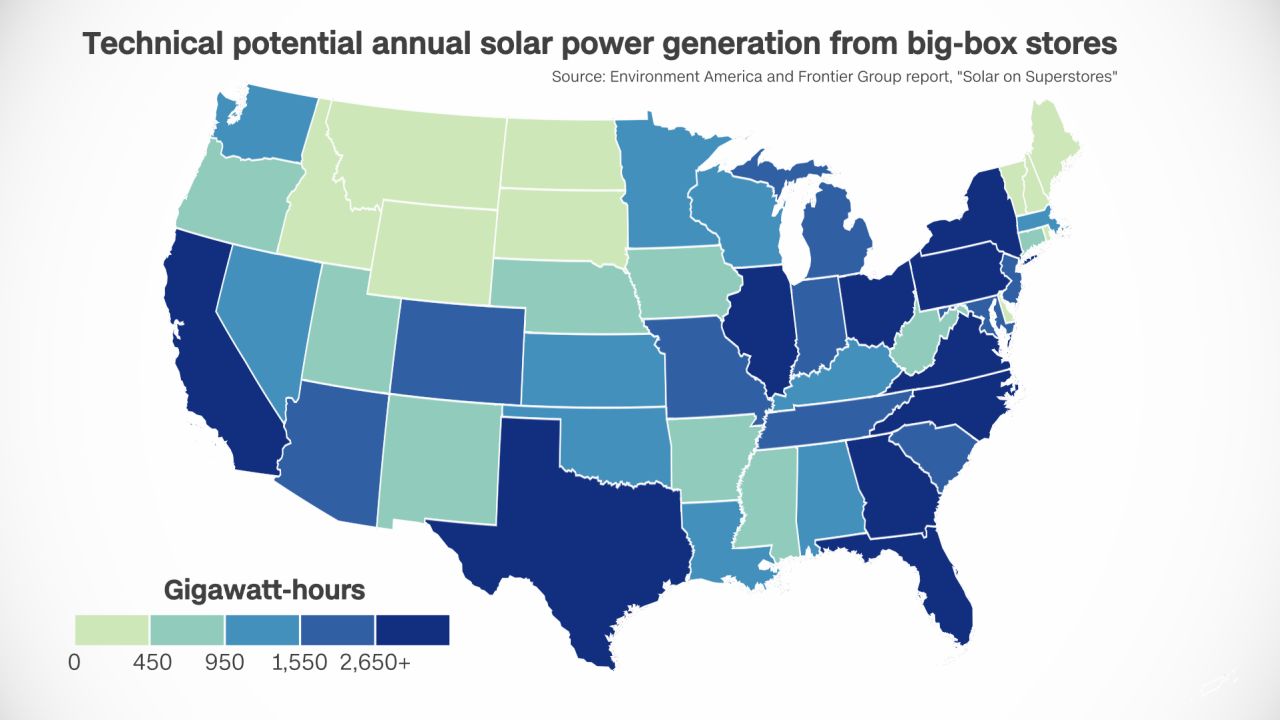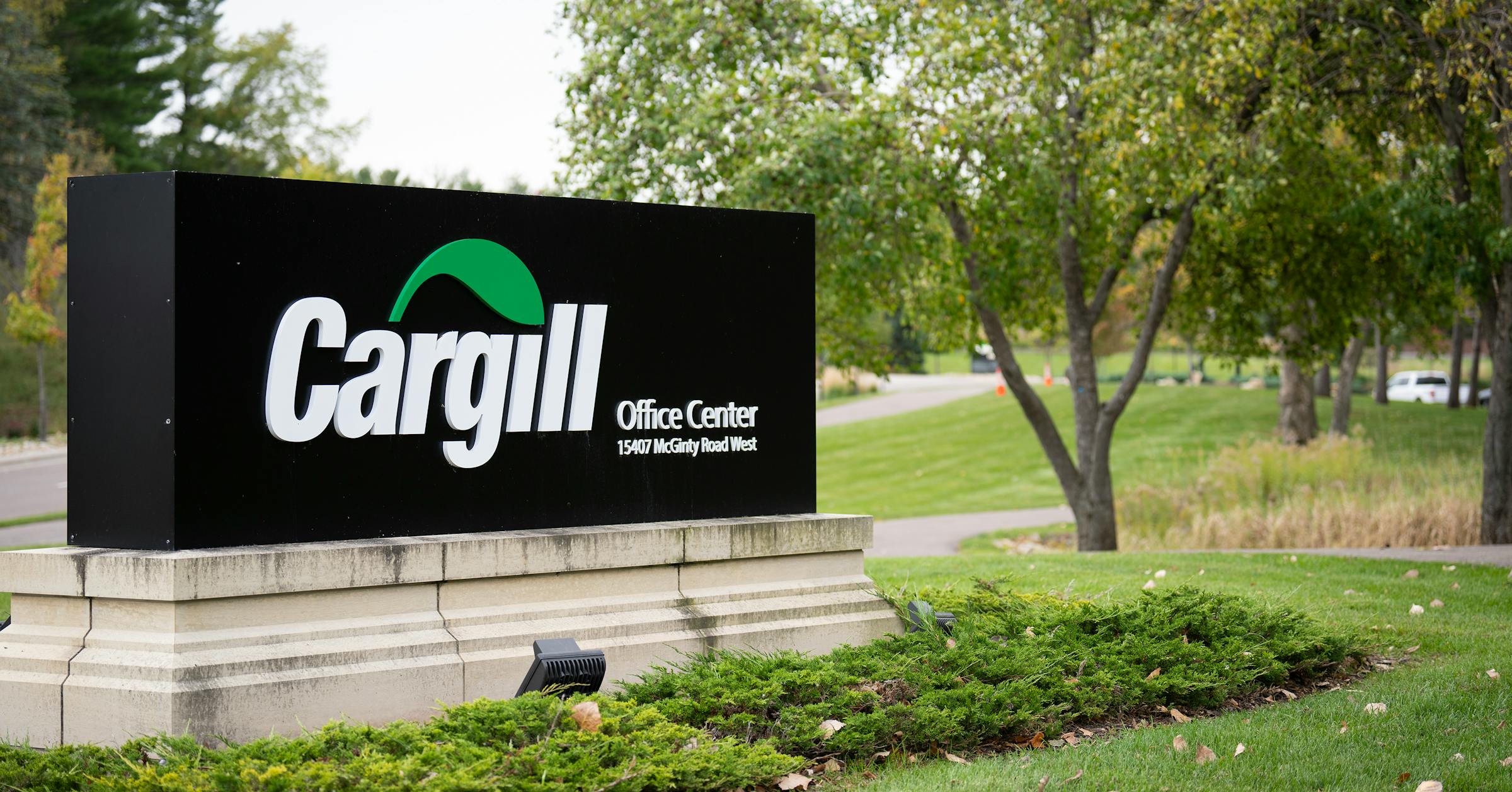As the United States seeks to transition to cleaner energy sources and reduce its reliance on fossil fuels, experts are pointing to big-box stores and shopping malls as potential solutions. These large retail spaces, such as Walmart, Target, and Costco, have massive amounts of rooftop and parking lot space that could be utilized for solar power. By tapping into this untapped potential, these companies could not only help the US reduce its dependence on foreign energy and lower emissions but also save millions of dollars in the process.
For example, the IKEA store in Baltimore saw a significant reduction in energy costs after installing solar panels on its roof and parking lot. The company reported a decrease in energy purchases by 84%, resulting in a cost reduction of 57% from September to December 2020. In addition to cost savings, solar panels can also provide shade for customers’ vehicles on hot, sunny days.
A report from nonprofit organization Environment America and research firm Frontier Group found that big-box stores and shopping centers have enough roof space to generate half of their annual electricity needs from solar power. Leveraging the full solar potential of these stores could generate enough electricity to power nearly 8 million average homes and reduce the same amount of planet-warming emissions as taking 11.3 million gas-powered cars off the road.
However, despite the vast potential, only a fraction of big-box stores in the US have embraced solar power. Walmart, Kroger, Home Depot, Costco, and Target, some of the largest retailers, have not invested heavily in rooftop solar installations. Several roadblocks, such as regulations, labor costs, and concerns about the structural integrity of the rooftops, have hindered widespread adoption.
For instance, Walmart has the largest solar potential among retailers, with around 5,000 stores in the US and more than 783 million square feet of rooftop space. However, the company has only installed approximately 194 megawatts of solar capacity on its facilities as of the end of the 2021 fiscal year. Walmart spokesperson Mariel Messier cited involvement in renewable energy projects worldwide, including wind and solar installations, as an alternative to rooftop solar.
Other retailers, such as Target, have made progress in incorporating rooftop solar. Target currently has rooftop solar installations in 542 locations, providing 15% to 40% of the properties’ energy needs. Costco has also installed rooftop solar on 121 stores worldwide, 95 of which are in the US.
Aging rooftops and the financial feasibility of adding solar systems are challenges faced by retailers like Home Depot. The company has completed 75 rooftop solar projects and has more planned for future development. However, it prioritizes installations where the economics are attractive, considering the lifespan of the roofs and the return on investment.
The complexities of local regulations, labor costs, and disjointed federal policies have hindered the progress of rooftop solar installations in the retail sector. Experts and advocates emphasize the need for stronger incentives, streamlined regulations, and local partnerships to accelerate the adoption of solar energy in big-box stores. They believe that not only would this significantly reduce emissions and combat climate change, but it would also create economic opportunities and promote social equity within communities.
With mounting pressure to address the climate crisis, it is crucial to act urgently. Transitioning to renewable energy sources and involving local communities in the process can lead to cleaner air, a more sustainable environment, and a better future for current and future generations.














